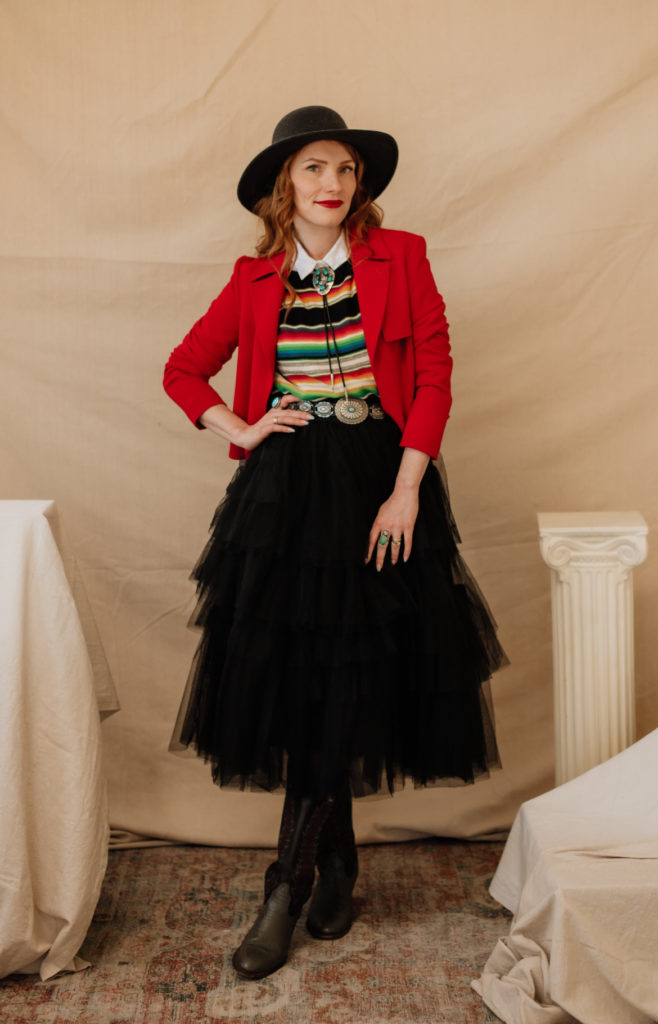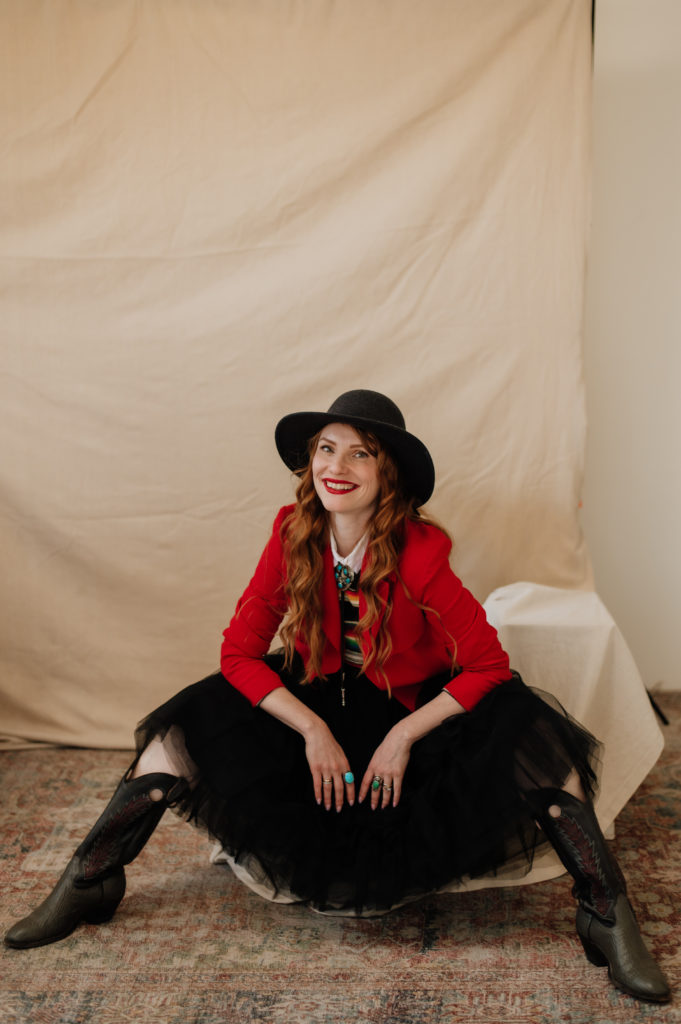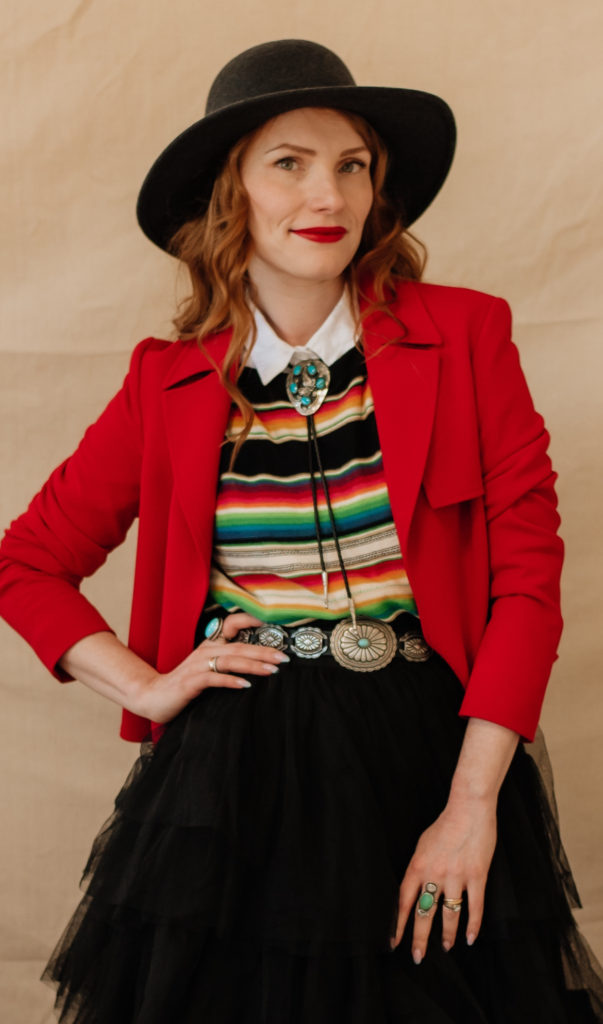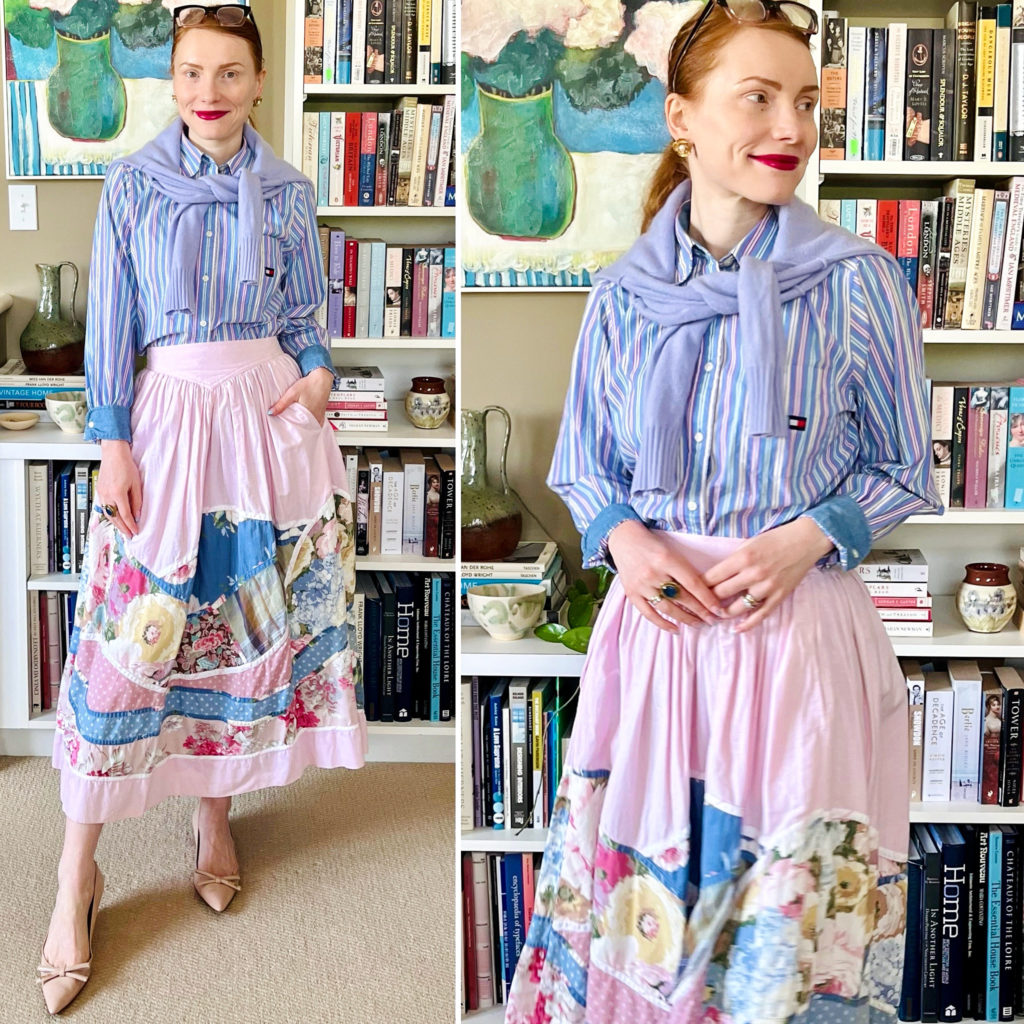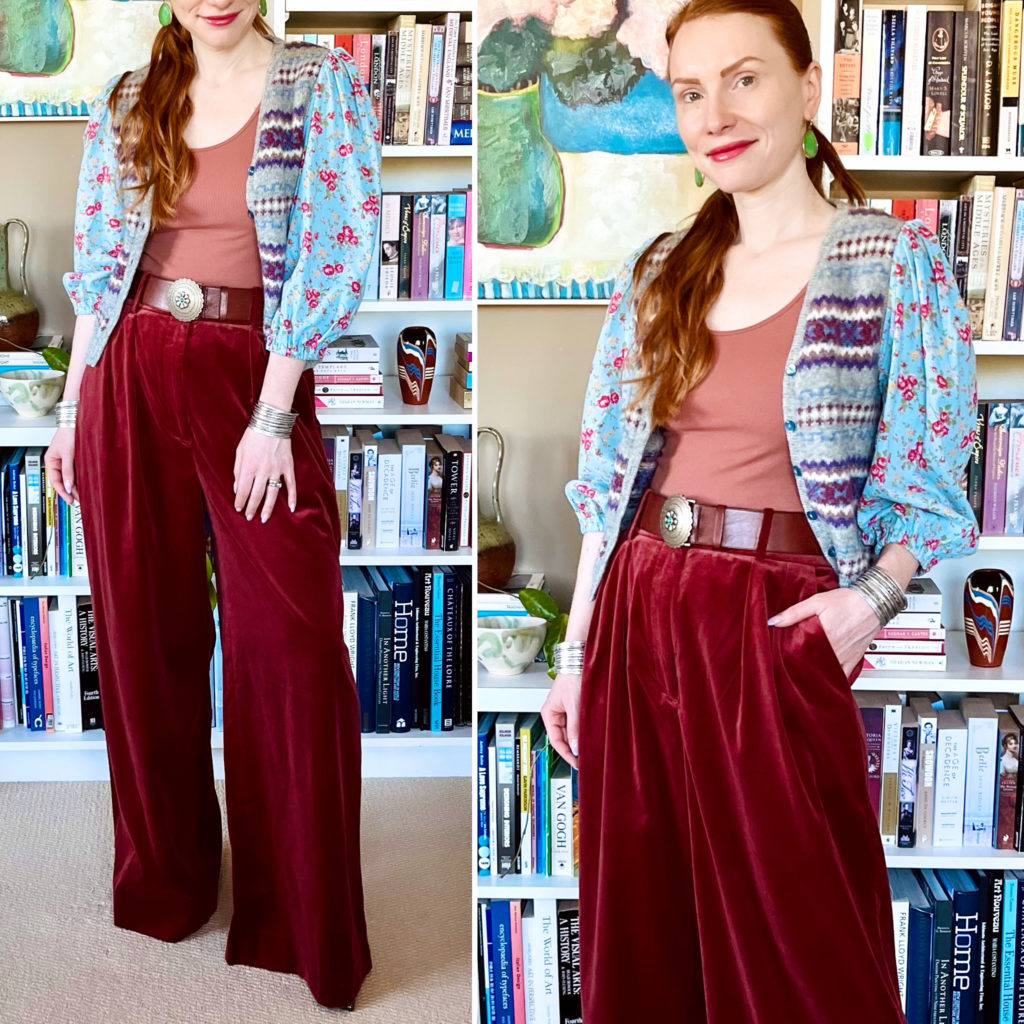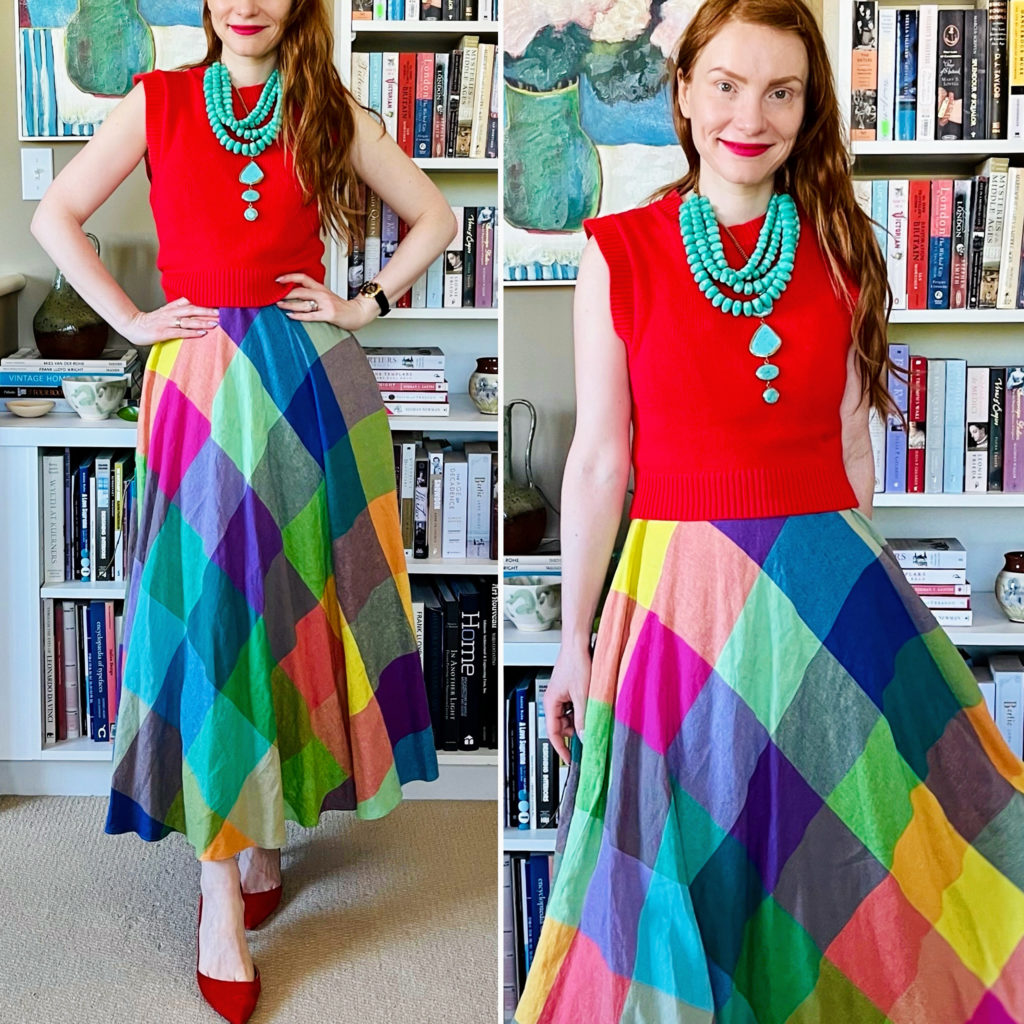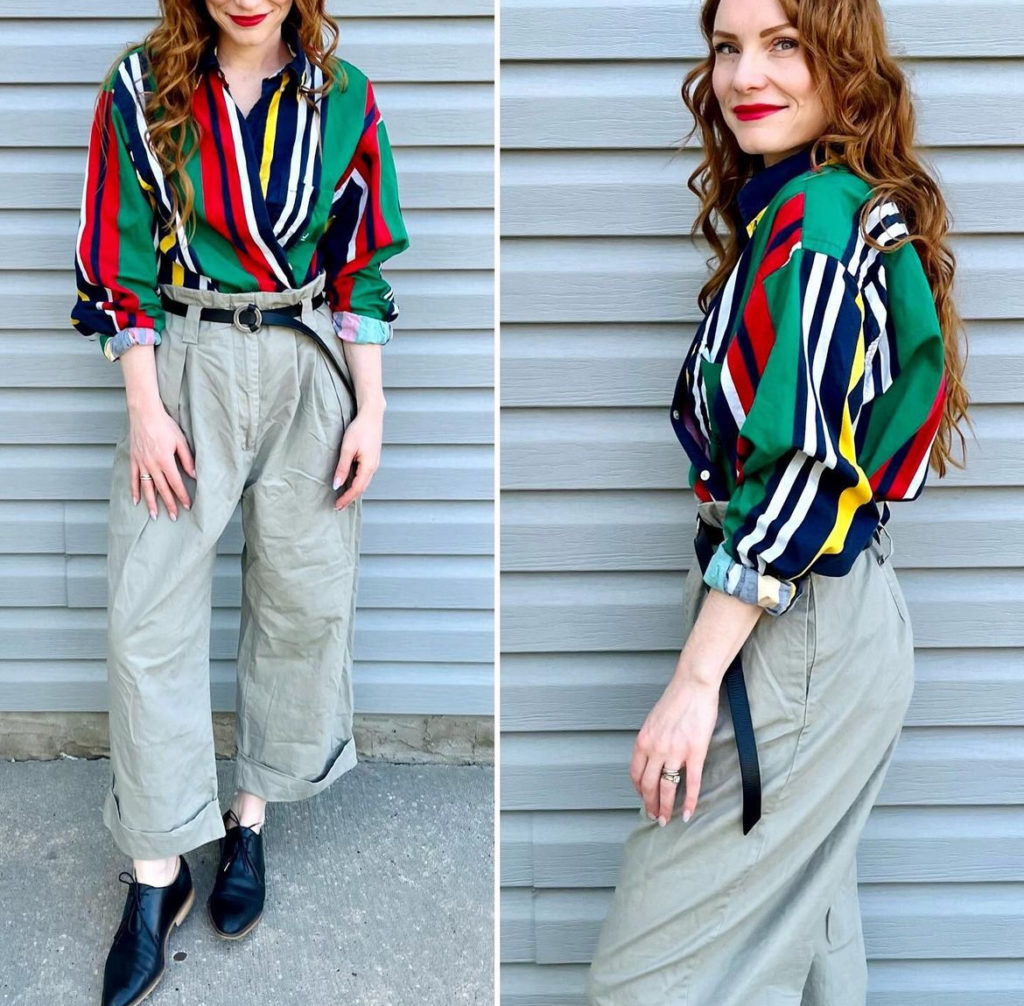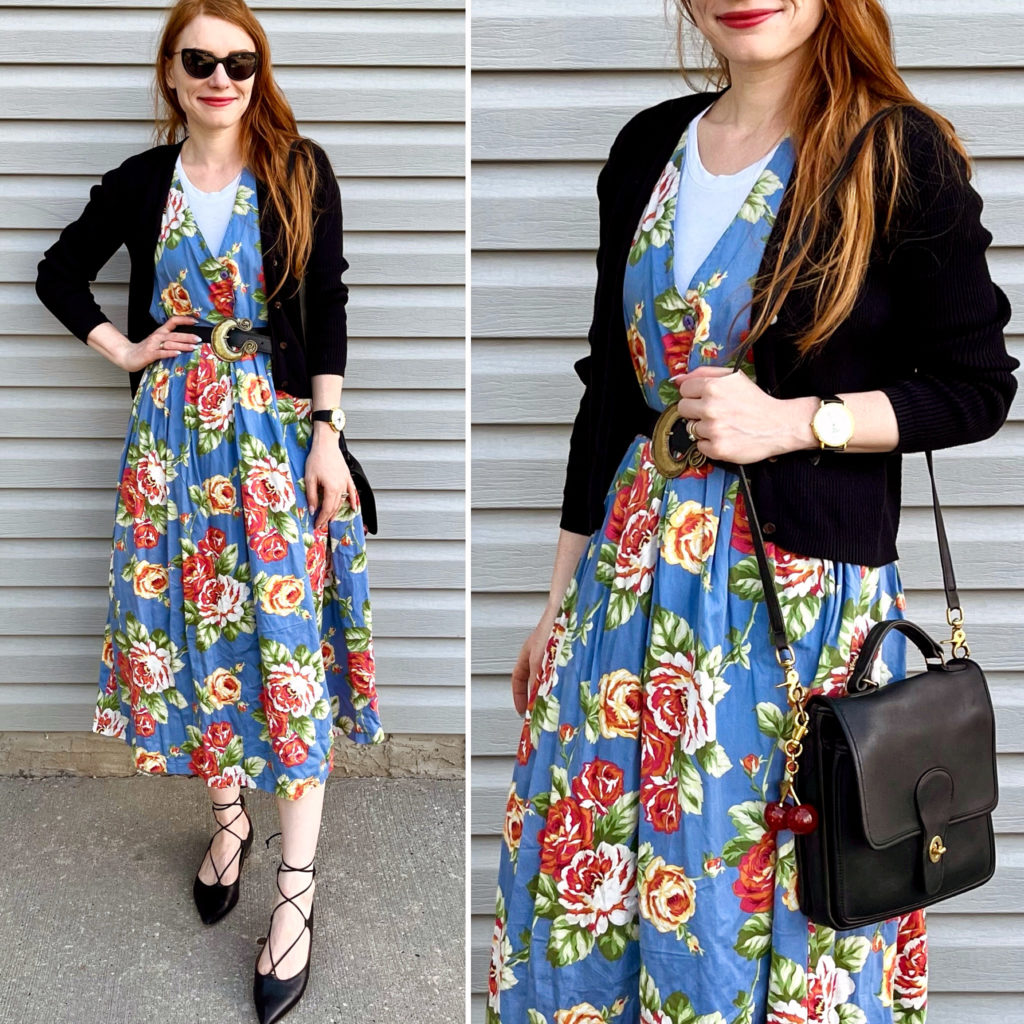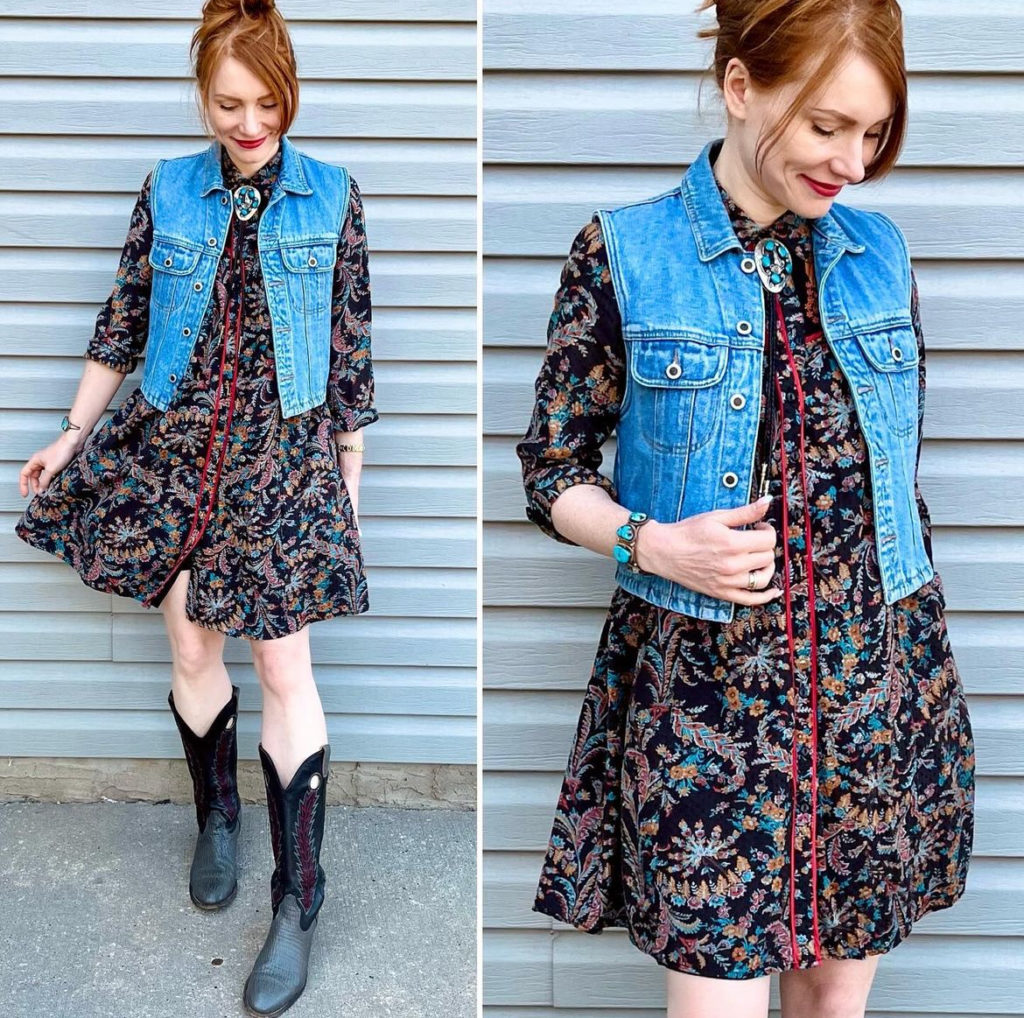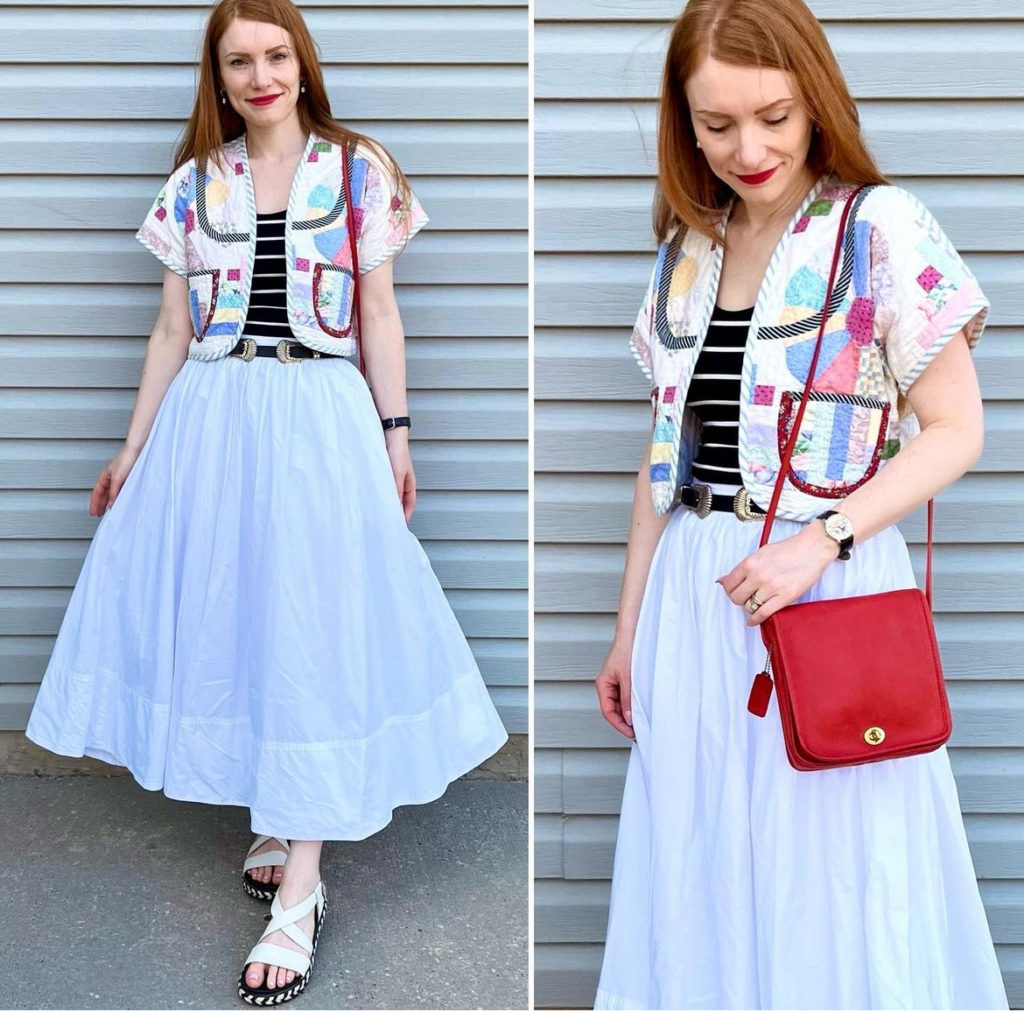As in matters of style, I have my preferences as a reader as well. While I enjoy variety, and have a number of areas of niche interest, I am above all devoted to 2 genres: historical non-fiction and murder mysteries – though, strangely enough, not historical murder mysteries (for the most part). Last time we talked books, I shared some of my favourite medieval English history reads, so it seemed only right and proper to highlight some murderously excellent books – some old, some new – that recently came through my hands and helped me pass some enjoyable hours. Having assembled the list, it dawned on me that there are a couple of themes at play … so, I am presenting them to you accordingly. Oh, and I threw in one extra book at the end, defying categorization.
Cozy Mysteries
The Last Devil to Die – Richard Osman (Thursday Murder Club series, book 4)
It’s rarely a quiet day for the Thursday Murder Club. Shocking news reaches them—an old friend has been killed, and a dangerous package he was protecting has gone missing. The gang’s search leads them into the antiques business, where the tricks of the trade are as old as the objects themselves. As they encounter drug dealers, art forgers, and online fraudsters—as well as heartache close to home—Elizabeth, Joyce, Ron, and Ibrahim have no idea whom to trust. With the body count rising, the clock ticking down, and trouble firmly on their tail, has their luck finally run out? And who will be the last devil to die?
My review: You know what you’re going to get from a Richard Osman book, and that is a delightful cozy murder mystery where everything always works out OK in the end, and even the bad guys have a good sense of humour. This book is no exception, though it is also more bittersweet and poignant that the previous ones in the series, as a result of a plot development that any reader familiar with the characters and their story arcs can probably predict. To avoid spoiling too much, I will say no more on this score – but, rest assured, the other plot twists and the ending are as satisfying as ever. And the good news is that Osman has said that this may not be the last we read of the Thursday Murder Club!
The Postscript Murders – Elly Griffiths (Harbinder Kaur series, book 2)
The death of a ninety-year-old woman with a heart condition should not be suspicious. Detective Sergeant Harbinder Kaur certainly sees nothing out of the ordinary when Peggy’s caretaker, Natalka, begins to recount Peggy Smith’s passing. But Natalka had a reason to be at the police station: while clearing out Peggy’s flat, she noticed an unusual number of crime novels, all dedicated to Peggy. And each psychological thriller included a mysterious postscript: PS: for PS. When a gunman breaks into the flat to steal a book and its author is found dead shortly thereafter—Detective Kaur begins to think that perhaps there is no such thing as an unsuspicious death after all. And then things escalate: from an Aberdeen literary festival to the streets of Edinburgh, writers are being targeted. DS Kaur embarks on a road trip across Europe and reckons with how exactly authors can think up such realistic crimes.
My review: DS Kaur was first featured in a previous book, The Stranger Diaries, but this is the first appearance of Natalka, Edwin, and Benedict, a trio of amateur detectives who would give the Thursday Murder Club a run for their money. The Postscript Murders doesn’t read like a pastiche of Osman, but it shares the cozy, humorous vibes of his books and is quite delightful in its own way. There are plenty of plot twists on the way to a satisfying denouement, with heartwarming moments and no graphic violence in between.
The Last Word – Elly Griffiths (Harbinder Kaur series, book 3)
Natalka and Edwin are perfect if improbable partners in a detective agency. At eighty-four, Edwin regularly claims that he’s the oldest detective in England. He is a master at surveillance, deploying his age as a cloak of invisibility. Natalka, Ukrainian-born and more than fifty years his junior, is a math whizz, who takes any cases concerning fraud or deception. Despite a steady stream of minor cases, Natalka is frustrated. She loves a murder, as she’s fond of saying, and none have come the agency’s way. That is until local writer Melody Chambers dies. Melody’s daughters are convinced that their mother was murdered. Edwin thinks that Melody’s death is linked to that of an obituary writer who predeceased many of his subjects. Edwin and Benedict go undercover to investigate and are on a creative writing weekend at isolated Battle House when another murder occurs. Are the cases linked and what is the role of a distinctly sinister book group attended by many of writers involved? By the time Edwin has infiltrated the group, he is in serious danger. Seeking professional help, the investigators turn to their friend, detective Harbinder Kaur, and find that they have stumbled on a plot that is stranger than fiction.
My review: Another cozy mystery centered around literary industry-adjacent shenanigans, featuring the trio of intrepid no-longer-amateur detectives and the brilliant (and recently promoted) DI Kaur. I thought the pacing of this book was a little weaker than in The Postscript Murders, with the story losing some momentum in the middle. However, it picked up speed at the end, with a few late tricks concealed up its sleeve. Thoroughly enjoyable and fun.
The Old Man in the Corner: The Teahouse Detective (vol 1) – Baroness Orczy
Mysteries! There is no such thing as a mystery in connection with any crime, provided intelligence is brought to bear upon its investigation … So says a rather down-at-heel elderly gentleman to young Polly Burton of the Evening Observer, in the corner of the ABC teashop on Norfolk Street one afternoon. Once she has forgiven him for distracting her from her newspaper and luncheon, Miss Burton discovers that her interlocutor is as brilliantly gifted as he is eccentric—able to solve mysteries that have made headlines and baffled the finest minds of the police without once leaving his seat in the teahouse. As the weeks go by, she listens to him unravelling the trickiest of puzzles and solving the most notorious of crimes, but still one final mystery remains: the mystery of the old man in the corner himself. The Old Man in the Corner is a classic collection of mysteries, featuring the Teahouse Detective—a contemporary of Sherlock Holmes, with a brilliant mind and waspish temperament to match that of Conan Doyle’s creation.
My review: As a devoted fan of Golden Age mysteries, I am somewhat embarrassed to admit that I was 43 years old before I read my first Baroness Orczy story featuring her famous creation, the (unnamed) Old Man in the Corner. Along with writers like Wilkie Collins and Conan Doyle, she was one of the mystery writers who paved the path for the next generation of Agatha Christie, Dorothy Sayers, Ngaio Marsh (to name a few of my favourites) among many others. The titular Old Man is an armchair amateur detective who solves murders and other mysteries that have stumped the police and public from a small London teashop; instead of working with the authorities, he shares his insights with a fellow teashop patron, a young female journalist who, as far as Watson characters go, takes a relatively passive role in the narrative. The Old Man shares the hubris of a Sherlock or a Poirot, but is otherwise a lot more self-effacing and “faceless” – for reasons that become apparent (perhaps!) at the very end of the collection. Each story is short and, for anyone who has read a decent amount of mystery fiction, the whoddunits are relatively straightforward puzzles that don’t require Sherlockian talents to solve – just paying attention is enough. But they are all the more enjoyable for it, because there is a satisfaction in being proved right (most of the time, anyway).
Locked Room Puzzles
Everyone in My Family Has Killed Someone – Benjamin Stevenson
Ernest Cunningham comes from a family of murderers, a biographical detail that provides the premise for the entire book, which ostensibly recounts the events of a family reunion at a remote sky chalet cut off from the outside world by a terrible winter storm. As you might imagine, given the circumstances, people soon start dropping dead.
My review: The PR described this as Knives Out and Clue meet Agatha Christie and The Thursday Murder Club, a “fiendishly clever blend of classic and modern murder mystery.” I would concede the Knives Out comparison, and the nod to Agatha Christie’s And Then There Were None is very clear and intentional. However, I would not put this in the same category as the Thursday Murder Club; while there is plenty of humour, I consider this a locked-room-full-of-suspects murder mystery, not a cozy one. I believe that is an important distinction. It’s cleverly written (with some sleight-of-hand narration despite the protestations to the contrary) and certainly a fun ride all the way to the end. Stevenson manages to keep a rein on the more outlandish/improbable plot twists so while this does have a certain cinematic over-the-topness to it, it’s not completely derailed into ridiculous territory. If you don’t mind first-person narration from a protagonist who is also the putative detective, this book is a lot of fun.
Everyone on this Train is a Suspect – Benjamin Stevenson
When the Australian Mystery Writers’ Society invited me (Ernest Cunningham) to their crime-writing festival aboard the Ghan, the famous train between Darwin and Adelaide, I was hoping for some inspiration for my second book. Fiction, this time: I needed a break from real people killing each other. Obviously, that didn’t pan out. When one of us is murdered, the remaining authors quickly turn into five detectives. Together, we should know how to solve a crime. Of course, we should also know how to commit one.
My review: As you can see, I loved Stevenson’s first book enough to jump into the second one as soon as it was released. This is another locked-room-full-of-suspects mystery, set onboard a train – not unlike, say, hmmm, the Orient Express? Another tongue-in-cheek nod to Christie, but the plot set its own rollercoaster course. Stevenson once again walks the line between inventive and improbable plot twists, mostly with success.
Murder in the Crooked House – Soji Shimada
The Crooked House sits on a snowbound cliff overlooking icy seas at the remote northern tip of Japan. A curious place for the millionaire Kozaburo Hamamoto to build a house, but even more curious is the house itself – a disorienting maze of sloping floors and strangely situated staircases, full of bloodcurdling masks and uncanny, lifesize dolls. When a man is found dead in one of the mansion’s rooms, murdered in seemingly impossible circumstances, the police are called. But they are unable to solve the puzzle, and powerless to protect the party of house guests as more bizarre deaths follow. Enter Kiyoshi Mitarai, the renowned sleuth, famous for unmasking the culprit behind the notorious Umezawa family massacre. Surely if anyone can crack these cryptic murders he will. But you have all the clues too – can you solve the mystery of the murders in The Crooked House first?
My review: I recently discovered honkaku – Japanese locked room mysteries. Honkaku translates as “orthodox” and refers to the crafting of fiendishly clever and complex puzzle scenarios – such as a murder in a locked bedroom – that can only be solved through logical deduction. This article provides a good intro to this genre, which spawned its own classics, including Murder in the Crooked House. Having read a lot of the English-language books that influenced this genre, I was fascinated by the similarities and differences between them, including those arising from the sociocultural milieu. The plot of this book is as carefully crafted as the titular Crooked House, and does offer the reader a fair chance to try to solve the mystery. I was too caught up in the story to allow myself enough time to reflect on the clues and try to figure out “whodunnit”, and plowed ahead to gobble up the ending; in retrospect, I can attest that it would have been possible to do figure it out on my own, had I been so inclined, because the writer does play fair and holds back no vital clues. But, like a secondary character in a Christie novel, I loved having it all revealed before my rapt eyes, with a flourish, by the clever detective.
The Decagon House Murders – Yukito Ayatsuji
Taking its cues from Agatha Christie’s locked-room classic And Then There Were None, the setup is this: The members of a university detective-fiction club, each nicknamed for a favorite crime writer (Poe, Carr, Orczy, Van Queen, Leroux and — yes — Christie), spend a week on remote Tsunojima Island, attracted to the place, and its eerie 10-sided house, because of a spate of murders that transpired the year before. That collective curiosity will, of course, be their undoing. As the students approach Tsunojima in a hired fishing boat, ‘the sunlight shining down turned the rippling waves to silver. The island lay ahead of them, wrapped in a misty veil of dust,’ its sheer, dark cliffs rising straight out of the sea, accessible by one small inlet. There is no electricity on the island, and no telephones, either. A fresh round of violent deaths begins, and Ayatsuji’s skillful, furious pacing propels the narrative. As the students are picked off one by one, he weaves in the story of the mainland investigation of the earlier murders.
My review: This is, in many ways, even more fiendishly clever than Murder in the Crooked House, though it too, plays mostly fair with the reader as required by the rules of honkaku. In fact, I will give nothing else away about the plot – it’s too good not to enjoy without any preconceived notions.
The Mill House Murders — Yukito Ayatsuji
As they do every year, a small group of acquaintances pay a visit to the remote, castle-like Water Mill House, home to the reclusive Fujinuma Kiichi, son of a famous artist, who has lived his life behind a rubber mask ever since a disfiguring car accident. This year, however, the visit is disrupted by an impossible disappearance, the theft of a painting and a series of baffling murders. The brilliant Kiyoshi Shimada arrives to investigate. But will he get to the truth, and will you too be able to solve the mystery of the Mill House Murders?
My review: This story occurs in the same “universe” as The Decagon House Murders, and is loosely connected to it (though they are fully standalone books). Its structure and plotting is similar to Ayatsuji’s previous book, but it is by no means a carbon copy with a few details swapped in. It’s very clever and while it does play fair with the clues, it also toys with the readers via a device that was used to similarly good effect in a classic Christie book. And that’s all I’m going to tell you.
The Odd One Out
The Last Murder at the End of the World – Stuart Turton
Solve the murder to save what’s left of the world. Beyond the island there is nothing: the world was destroyed by a fog that swept the planet, killing anyone it touched. On the island it is idyllic: 122 villagers and three scientists living in peaceful harmony. The villagers are content to fish, farm and feast, to obey their nightly curfew, to do what they’re told by the scientists. Until, to the islanders’ horror, one of their beloved scientists is found brutally stabbed to death. And then they learn that the murder has triggered a lowering of the island’s security system, the only thing that is keeping the fog at bay. If the murder isn’t solved within ninety-two hours, the fog will smother the island―and everyone on it. But the security system has also wiped out everyone’s memory of exactly what happened the night before—which means that someone on the island is a murderer―and they don’t even know it. Meanwhile, the clock is ticking.
My review: I hope you can see, from this synopsis, why I put this book in its own category. Nobody subverts mystery genre tropes like Turton, in my opinion. I found his The Seven Deaths of Evelyn Hardcastle to be one of the few, truly inventive and unique mystery novels of the last decade. It’s not everyone’s cup of tea, though, and probably neither is this book. It mashes apocalyptic sci-fi and classic detective fiction in a way that kept me entranced from the first page, despite the fact that the former is most definitely not something I normally enjoy reading. The world-building, in particular, was fantastic. Once the murder was solved, the last 10% or so of the book lost its edge-of-your-seat momentum, but provided a satisfying wrap-up of the story. I should add that the story is narrated by the omniscient artificial intelligence that serves as the island’s security system (among other things) so there is a mix of first-person and third-person narration, some of it of questionable reliability, that might be a turn-off for some readers. Much as with The Seven Deaths of Evelyn Hardcastle, I think to enjoy this book, it helps to be ok with being plunged into an unfamiliar world, with minimal information to help you navigate it, and following the story along, totally in the dark but trusting that clarity will come in due course.
